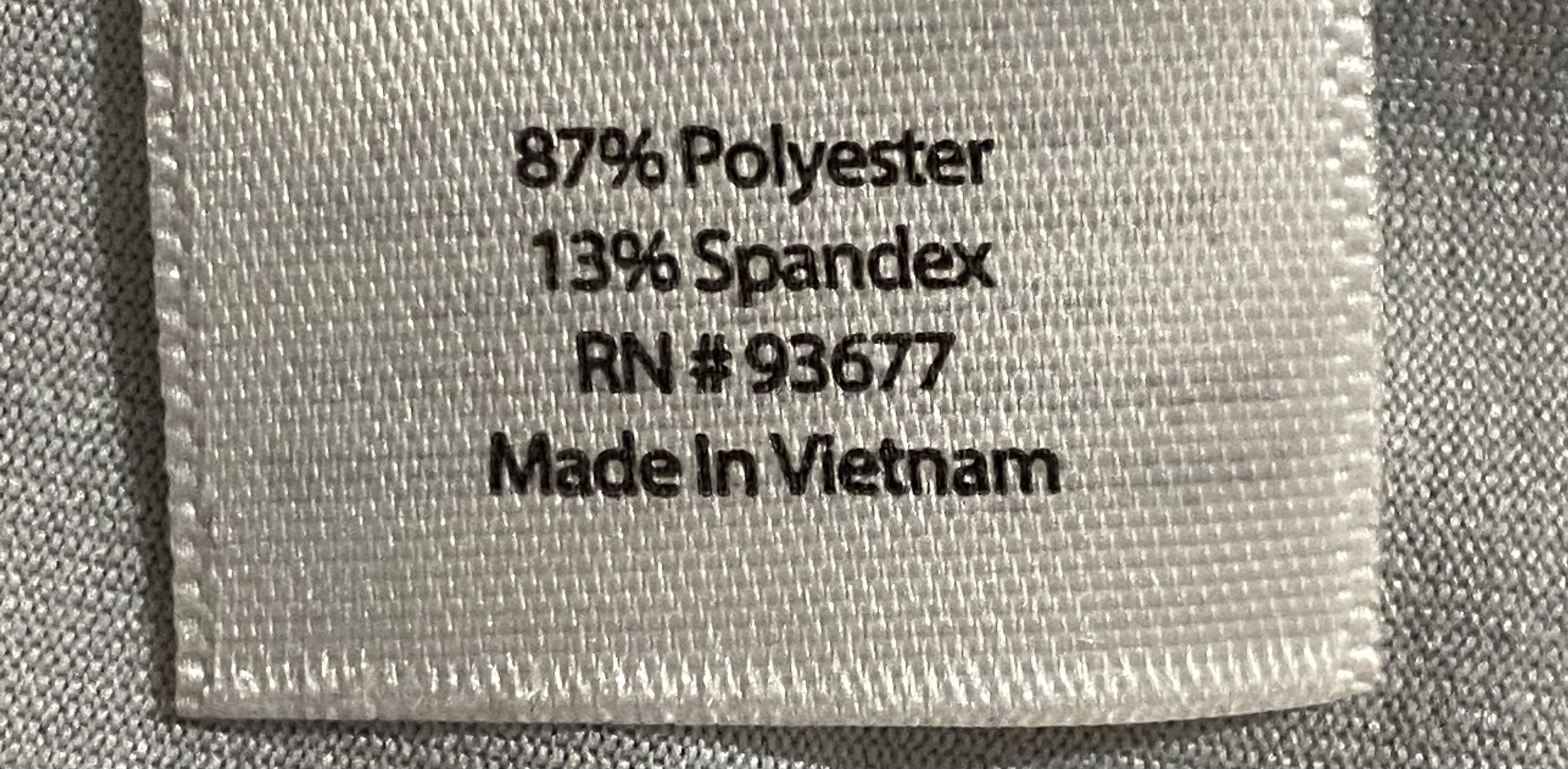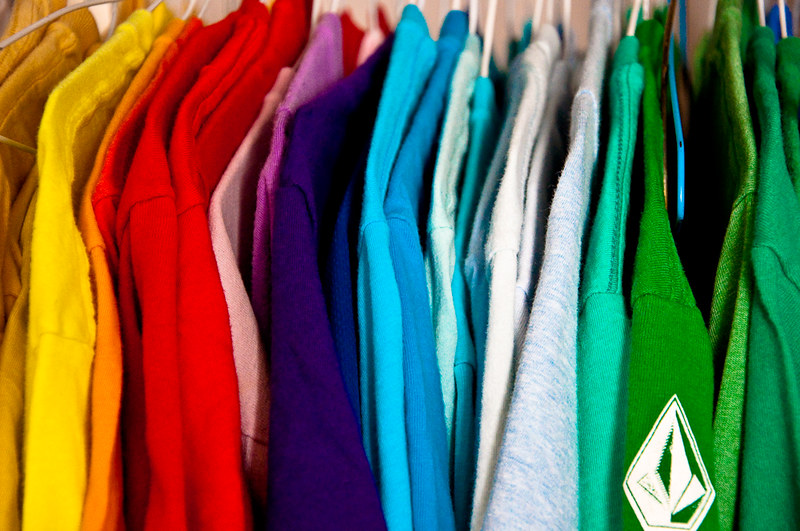WHAT’S IN YOUR CLOSET?
The fast fashion industry has become wildly popular and with that, a mass consumption of clothing will lead to large amounts of textile waste. In fact, the EPA estimated that the US produced 17 million tons of textile waste in 2018. On top of the waste created, the fibers used to make our clothing can also negatively impact our environment. If you ever look on your clothing tags, you’ll notice a breakdown of what fibers compose them. We can break these different fibers up into three different categories: synthetic fibers, natural-based fibers, and natural animal source fibers.
Among the most environmentally friendly fibers are organic cottons, hemp, or tencel. These all fall into the natural-based fibers category. Your next best choice of fibers would be natural animal source fibers, like silk or wool. These types of fabrics are naturally-made, so they do not contribute to microplastic pollution. However, these fibers also have their downside. Cotton often consumes large amounts of water for production and natural animal source fibers require animal agriculture that occupies large areas of land and can often operate unethically.

On the other hand, synthetic fibers like polyester, nylon, spandex, or acrylic are deemed as the least environmentally friendly fibers. These manmade fibers contain plastic and every time a piece of clothing with these fibers get washed they release about 1,900 microplastics every time. Because the sheds of plastic appear so small, they cannot be filtered out of the water, thus making their way into our oceans, seafood, and our drinking water. Long Island’s drinking water quality already suffers, so the addition of microplastics will only feed the fire.

Taking a moment to look through our clothes to understand their composition can help us get ahead of the microplastic problem. If you haven’t done so already, look at the tags on your clothes. It’s likely many articles will have some type of synthetic fiber. These fibers are affordable, therefore loved by fast fashion industries. Ultimately, investing in more durable, naturally-sourced clothing would be ideal, but not everyone has the budget for that, and that’s okay! So, we’ll leave you with a few tips to help minimize your microplastic pollution:
1.Rewear your clothes
This is up to the wearers discretion, but if you find you throw clothes in your laundry basket after only wearing them for a few hours, perhaps reconsider!
2. Use cold water to wash clothes
When you use hot water to clean your clothes you increase the number of microplastics that get released.
3. Purchase a Guppy friend
A Guppy Friend bag creates a great solution to limiting the microplastic released by synthetic fabrics. Simply place your synthetic clothing items in the bag on laundry day, and when the wash is complete, take the clothes out and discard the left over microplastic.
By Miranda Gonzales, Long Island Pine Barrens Society
Sources:


